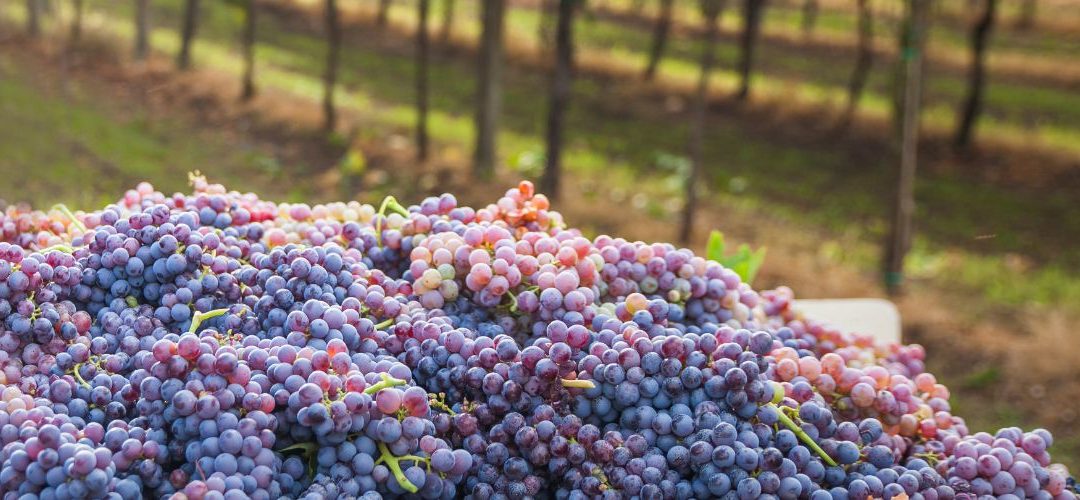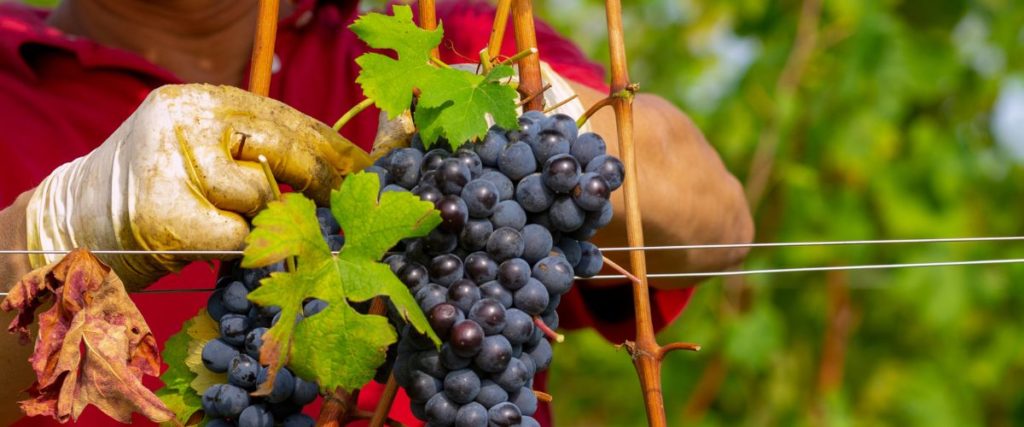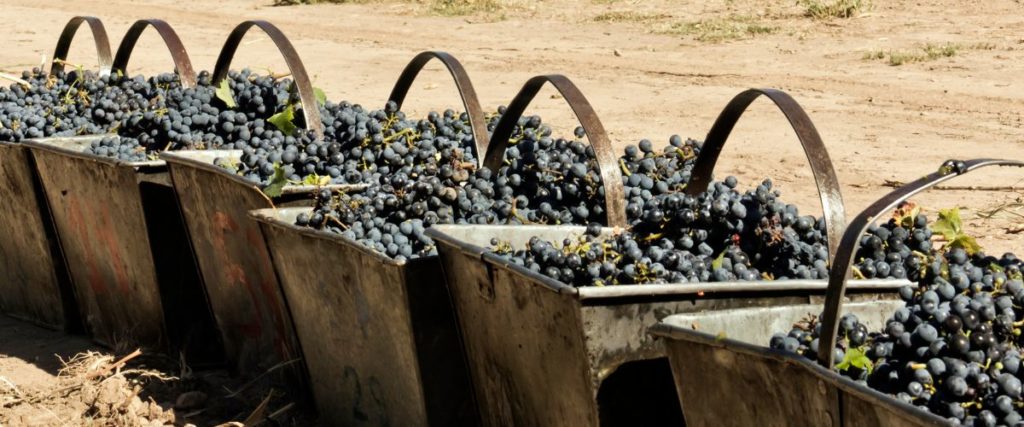Inventory is arguably the most complex accounting function for wineries, starting with harvest. Harvest is the most exciting and demanding time for wineries, requiring a lot of information to be communicated back to your accountant. Still, luckily some information can be provided before this hectic period.
Grown or Purchased Grapes
To provide the appropriate information to your accountant, we first need to ask where you are sourcing your crop from? Are the grapes estate grown? Or do you purchase the grapes?
Estate Grown Grapes
If you grow your grapes, many vital pieces of information can be provided to your accountant well before harvest and will make the process during and after harvest much more streamlined. First, total acreage is needed for yield confirmation. The total tons harvested are compared to total producing acres to check for reasonableness. Likely the easiest way to provide this information is with a vineyard map.
The vineyard map should include block and varietal information. In addition, when not all vineyards are in production, it’s necessary to let your accountant know which vineyards or vineyard blocks the development relates to. Typically, it takes three years for a vine to produce a viable crop. With this, it’s essential to let your accountant know the date when the vineyard development began. Accounting-wise, this means that all costs associated with developing that vineyard, things like irrigation, vines, and trellising, will be accumulated for those three years.
This accumulated amount will then be depreciated over 20 years. This depreciated amount will be added to the annual cost of maintaining the vineyard. The price of estate-grown grapes is 12 months’ worth of farming and vineyard maintenance costs. Many wineries account for the 12 months based on a harvest year, with usually November through October of the harvest year. Other wineries for ease of reporting take 12 calendar months (January through December). Like all accounting though, consistency is the most important factor for accumulating farming costs. Whichever method is chosen, keeping that selection year over year is crucial to maintaining comparable financial information. Related to this, it’s also helpful to have an annual vineyard management budget to ensure all costs have been considered and the accumulated costs align with projected costs.
Grape Sales
It’s common that wineries that grow their own crop sell a portion of those grapes to different buyers. Your accountant needs the following information for grape sales: customer information including legal name and address, billing email address, payment terms, and expected tons. This is an excellent example of information that can be provided before harvest begins. Providing information beforehand improves the turnaround time of final invoicing, increasing your opportunity to be paid promptly. Once harvest is complete or well underway, buyer weigh tags, or a weigh tag log will need to be provided to complete the final invoicing to the customer.
Weigh Tags
Once harvest begins, tonnage information needs to be provided to your accountant. This is usually provided via weighmaster certificates, commonly referred to as weigh tags and/or a weigh tag log. Weigh tags include harvest date, owner, grower, tonnage, vintage & varietal. This information will be used in the ending cost calculation for your wine. It’s important to note that all weigh tags are needed, including grapes sold to other parties, as mentioned in the prior section. It’s helpful to provide additional information than what is provided on the weigh tags, such as corresponding bulk wine SKU because wines are often blended, or a rosé is bled off.
Cash Flow Considerations
If you purchase grapes, you likely have grape purchase contracts with the grower. These contracts usually contain payment terms, varietal, and estimated tons. Having this information before harvest is helpful for inventory costing purposes and forecasting cash flow. Managing cash flow for wineries is always a challenge, especially after harvest. Having information early on can help prepare and allow enough time to take corrective action against future potential cash constraints.
Grape Purchases
The same weigh tag information mentioned above for estate-grown grapes should be collected for purchased grapes. In addition, invoices need to be provided. Something to note is that many farming invoices have payment terms that break the payments into different calendar years. For example, 50% being due 30 days after the pick date, and 50% is due 1/31/23. Even with these split payment terms, all costs should be recorded at the harvest date. This is because the amount is owed to the grower at the time of harvest and is due at different dates, but the entire amount is due. There are times that invoices are not received by period end. When this occurs, the tonnage received times the contracted price will be accrued, which means being recorded as a liability by the winery. So even though a bill for the grapes was not received, they still need to be recorded as owed to the grower.
Natural Disaster or Event
In recent years, nature has shown us many ways in which harvest can be affected, both good and bad. Some harvests yield more than expected, some less, including none which has been seen lately. What’s important is to share all relevant information with your accountant if you are affected by a natural event or disaster. Some examples of this are larger than anticipated yields, vines affected by smoke taint, vineyard damage, and any insurance payouts for vineyard or grape-related damages.
Never Too Much Information
To summarize, too much information is always better than not enough. When in doubt, provide the information to your accountant and provide it early. Prompt information makes timely reporting possible, allowing for well-informed and better management decisions.
Let Protea Financial Help You with Your Next Harvest
Are you looking for more information? Contact Protea Financial today and let us help you organize your finances, streamline your inventory costing, and be ready ahead of the next harvest.
Call Protea Financial for help with getting ready for harvest time. We can help organize your finances or help you prepare for harvest bookkeeping. We are here to help!



